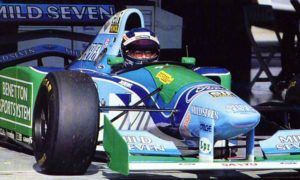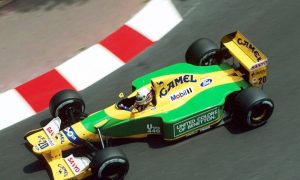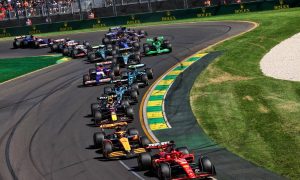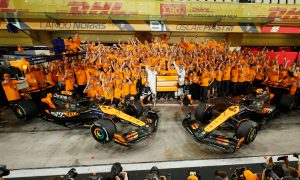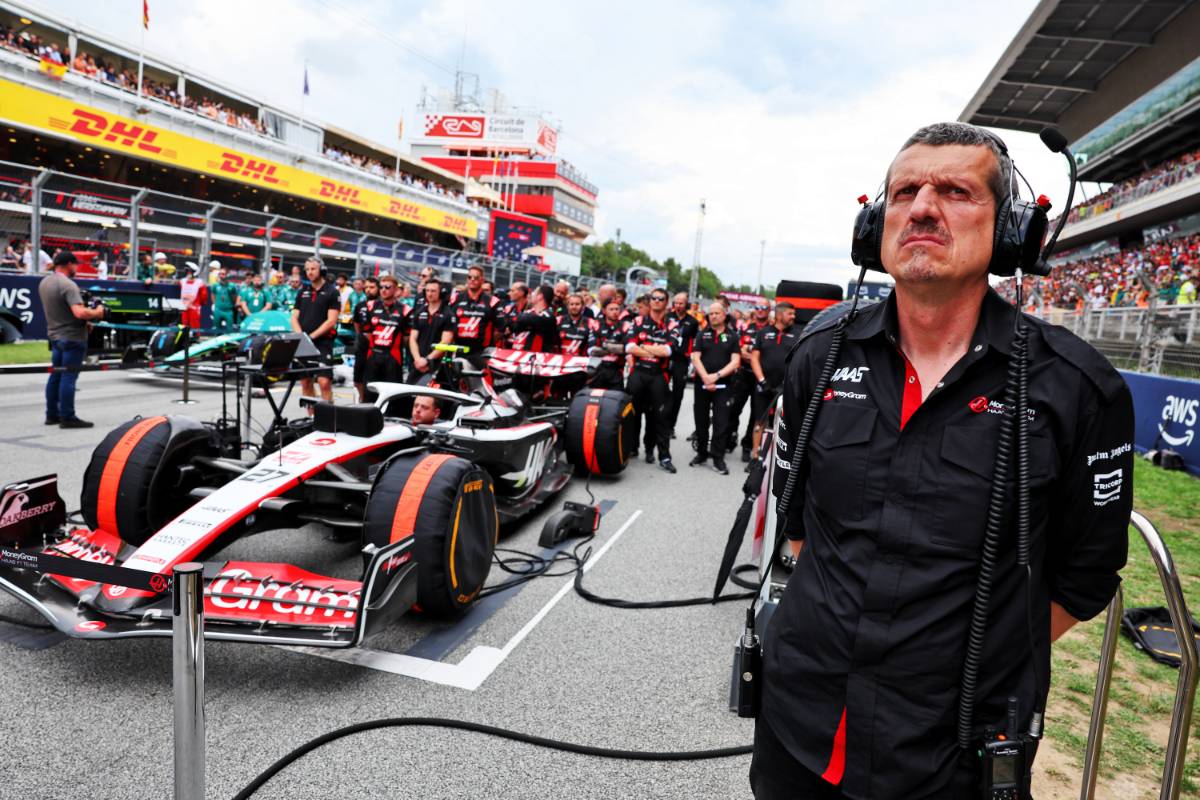
How Haas' can-do spirit turned to early surrender
With teams lining up to get into F1, there's an inescapable vacuum on the current grid in the shape of Haas, this year's proud winners of the constructors' championship wooden spoon. The team is lacking an obvious plan for reviving its fortunes, and appears almost disinterested in its fate, so why is it even there?
When Haas originally entered Formula 1 in 2016, it had a plan. For many years the running joke in the sport was that the only way to make a small fortune in F1 was to start with a large one and watch it rapidly drain away. But Gene Haas felt that his experience in NASCAR would help him bring in some American "can-do" spirit by innovating the way that constructors operated.
He came up with a new strategy of working closely with partners in the sport such as Ferrari, which would allow Haas to cut the cost of developing their own car. The team could get up to speed quicker without paying a fortune for the design of every specialist nut and bolt required. And the plan got off to a good start, with Haas finishing their maiden season in eighth ahead of the likes of Renault, Sauber and Manor.
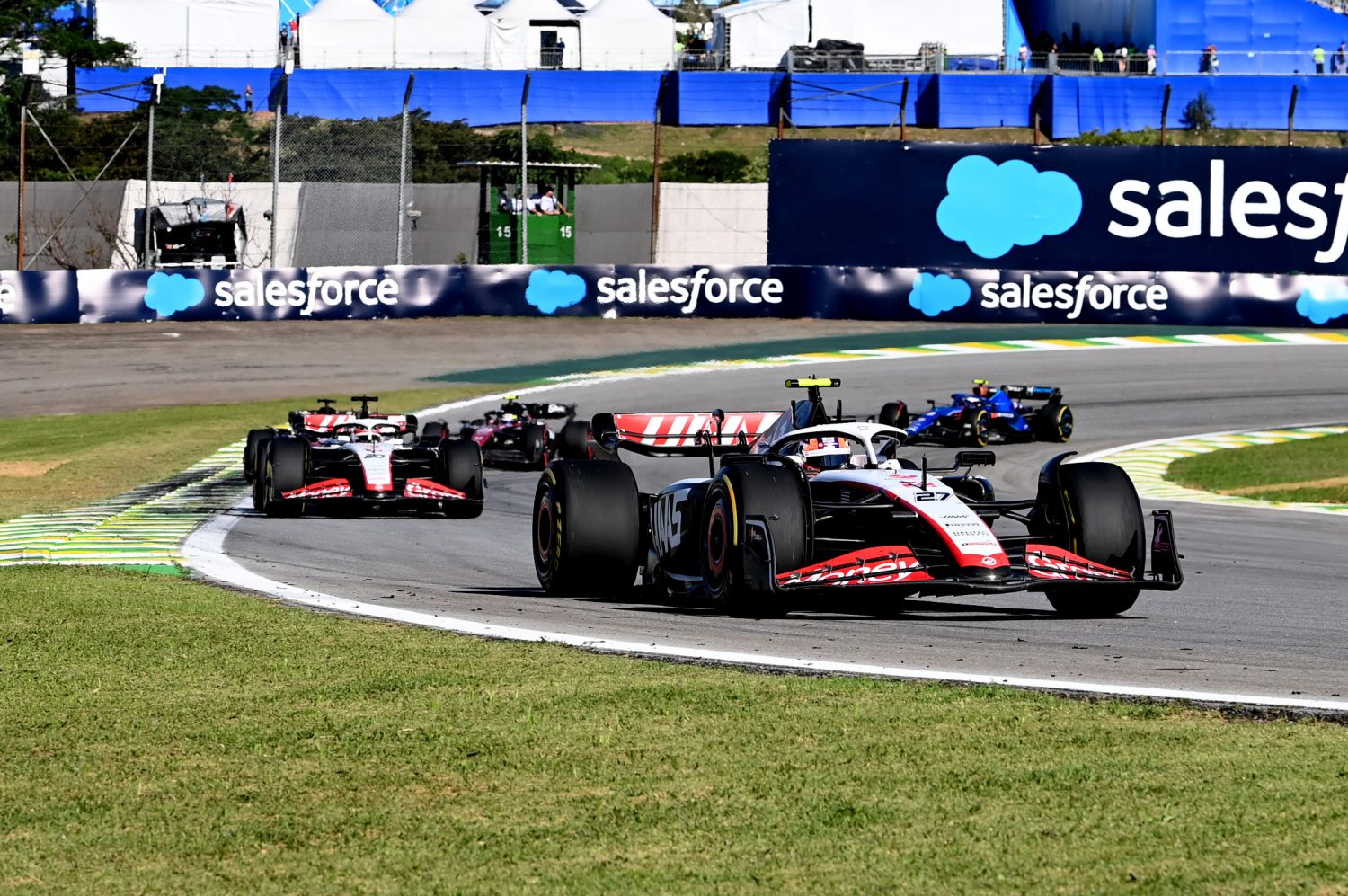
©Haas
By 2018 they were up to fifth place in the constructors' standings, now ahead of teams including McLaren, Force India, AlphaTauri and Williams. It was proof that the new approach was working - until the following season, where they accrued only a third of the number of points and fell back to ninth. The following year their main partners Ferrari had its own annus horribilis, and the crisis dragged Haas down with them. It was their worst showing so far, exposing the drawbacks of hitching one's wagon too firmly to another.
At which point, it's fair to say that Haas gave up. With just one one year remaining under the existing regulations at the time, Haas decided to carry out essentially no development on their already underperforming car, saying they they preferred to save time, money and resources to work on the next iteration instead. For good measure they also slashed their driver costs by dumping veterans Romain Grosjean and Kevin Magnussen in favour of training up two rookies, Nikita Mazepin and Mick Schumacher, who they hoped would be ready in time to contribute to better times ahead in 2022.
Continued:



